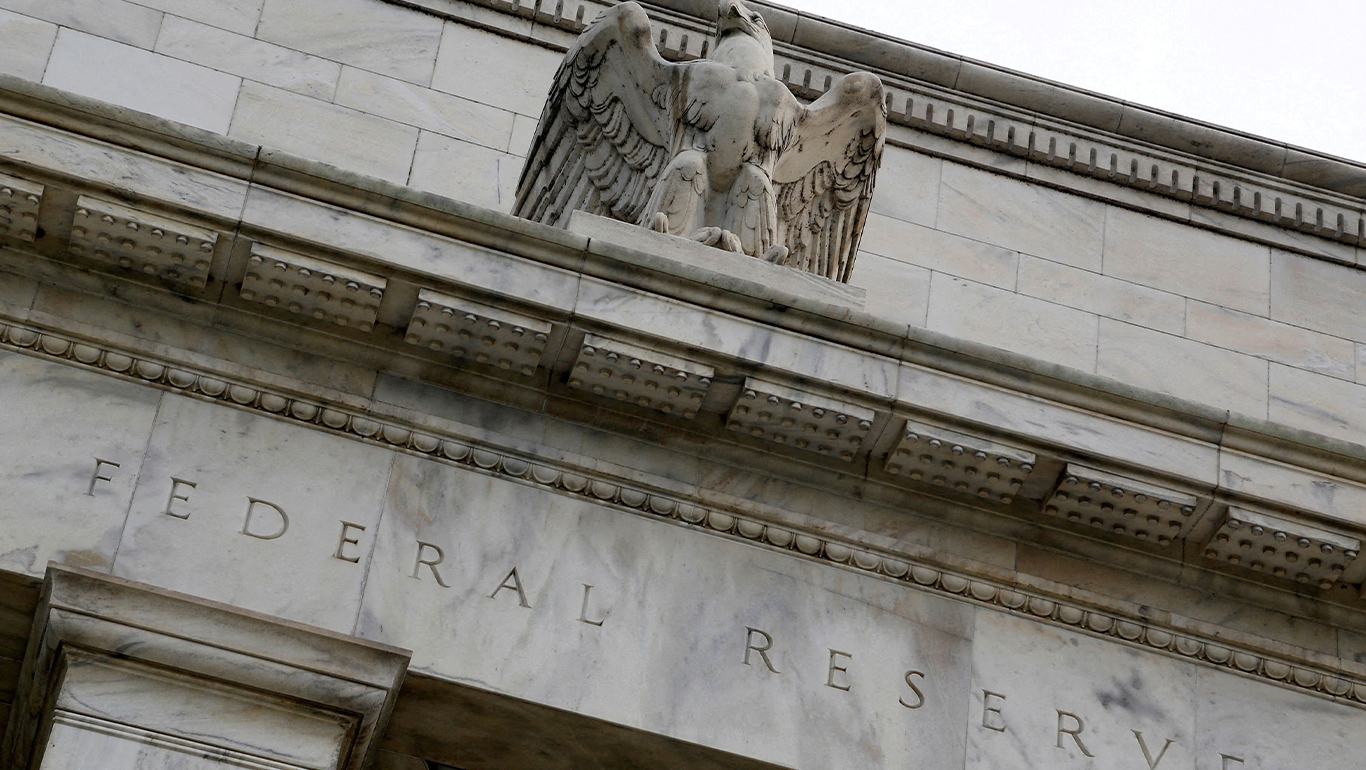




Philippines Trade Update: Exports momentum continues
 DOWNLOAD
DOWNLOAD

Quarterly Economic Growth Release: More BSP cuts to come
 DOWNLOAD
DOWNLOAD

Monthly Economic Update: Fed catches up
 DOWNLOAD
DOWNLOAD


Explainer: The Fed’s new ‘QT’ plan takes shape

May 4 (Reuters) – The Federal Reserve on Wednesday said it will start culling assets from its USD 9 trillion balance sheet in June and will do so at nearly twice the pace it did in its previous “quantitative tightening” exercise as it confronts inflation running at a four-decade high.
The central bank’s stash of assets has roughly doubled in size during the coronavirus pandemic as it used purchases of Treasuries and mortgage-backed securities to smooth market functioning and augment the effects of its interest rates cuts. Now it wants to reverse much of that, and in relatively short order, alongside rate hikes meant to cool inflation.
Here’s a rundown of what is in the cards now and how it differs from the 2017-2019 “QT” period.
The Fed’s announcement of the start of this QT round came just one meeting after lifting its benchmark short-term interest rate for the first time since 2018.
In the previous episode, the launch of QT in the fall of 2017 occurred nearly two years after that cycle’s first rate hike, which had taken place in December 2015.
This time’s onset of QT is also a bit earlier relative to where the Fed is in its overall tightening process. Along with announcing that QT will start on June 1, the Fed on Wednesday lifted its target rate to 0.75-1.00%. Last time, QT did not begin until rates had reached 1.00-1.25%.

LARGER CAPS
Come September, the Fed will be cutting USD 95 billion a month from its holdings, split between USD 60 billion of Treasuries and USD 35 billion of MBS.
That is roughly double the maximum pace of USD 50 billion a month targeted in the 2017-2019 cycle. Back then, the split was USD 30 billion of Treasuries and USD 20 billion of MBS.
In the last cycle, it took a full year for the Fed to reach that maximum reduction rate of USD 50 billion a month. It started with USD 10 billion a month (USD 6 billion Treasuries/USD 4 billion MBS) and increased that by USD 10 billion a quarter until it reached its maximum rate in the fall of 2018.
This time, it will go from zero to USD 95 billion in the space of three months, with only one initial step before moving to the maximum reduction pace. On June 1, it will start the process at USD 47.5 billion a month for the first three months, divided as USD 30 billion of Treasuries and USD 17.5 billion of MBS. It will increase to the full USD 95 billion three months later.
When the Fed kicked off its first-ever QT undertaking, its total balance sheet was around USD 4.5 trillion in size. In nearly two years of QT, it managed to bring that down by about USD 650 billion to a bit over USD 3.8 trillion before it brought the program to a stop.
This time, the annualized monthly rate of reduction works out to more than USD 1.1 trillion a year in balance sheet roll-offs once it attains its maximum pace. That means it will likely surpass the total of the entire 2017-2019 QT cycle by early 2023. Many economists see officials targeting about USD 3 trillion in total balance sheet shrinkage over a three-year span.
DIFFERENT TREASURIES MIX
The Fed’s Treasuries portfolio is shorter in maturity this time than in the previous QT round by about two years, according to New York Fed data. That is in part owing to the substantial purchases of T-bills, particularly early on in the crisis, to help restore market stability.
The plan issued Wednesday indicated officials will rely on redemptions of T-bills, which mature in a year or less, when the redemption of coupon securities, which are notes and bonds with maturities greater than one year, are below the monthly cap.
Officials generally don’t view T-bills as a needed part of their holdings required to ensure an ample supply of reserves for the banking system under their current operating framework.
The Fed said it would slow and then stop the QT process when banking system reserve balances are “somewhat above the level it judges to be consistent with ample reserves.” The Fed relies on a system of “ample reserves” to conduct its policy, and QT will reduce that pool of funds, which are deposited by banks with the Fed.
In the previous QT cycle, it ended up reducing reserve levels too much, resulting in upheaval in other short-term funding markets, an outcome it does not want to see repeated.
The minutes from the Fed’s March meeting showed officials expect redemptions of MBS to run below the USD 35 billion a month cap. That is because U.S. mortgage interest rates have already risen substantially, which has slowed the rate of “prepayments” that typically occur when rates are low and homeowners are enticed to refinance their existing loans. That triggers a loan payoff and shortens the maturity of a mortgage bond. Conversely, when rates rise, fewer bonds will mature each month.
Those minutes further showed officials “generally agreed” that it would be appropriate to consider outright sales of MBS “after balance sheet run off was well underway to enable suitable progress toward a longer-run … portfolio composed primarily of Treasury securities.”
The plan announced Wednesday, however, made no reference to that possibility, and Fed Chair Jerome Powell was not asked about it during his press conference.
(Reporting by Dan Burns; Editing by Andrea Ricci)
This article originally appeared on reuters.com





 By Reuters
By Reuters